Today, I am breaking down vertical alignment and its importance in our curriculum.
STEP-BY-STEP VERTICAL ALIGNMENT
VERTICAL ALIGNMENT FIRSTHAND
It was 2008, almost every female student was reading Twilight, and I was beginning my second year of teaching and my first year in sixth grade. I clearly remember thinking, “I should do a warm up to practice division so I can see where they are at.” Well, what I thought would be a quick warm up turned into a great lesson for me in vertical alignment, when a student shared that the answer was “six remainder five.”
What on earth? Who uses remainders? Are those even a real thing?
Well, apparently eleven year-olds still use remainders.
You see, the year prior I had taught seventh grade, and students were required to multiply and divide decimals, so it only seemed natural that a student would know to add a decimal and zero in the event the quotient didn’t go in evenly. My lack of experience with the curriculum led to a small detour in the lesson and a big learning moment for me.
I had to understand where my students were when they left fifth grade.
WHAT IS VERTICAL ALIGNMENT?
According to Dr. Jason Perez, “Vertical alignment is the process of organizing curriculum from one grade level or content area to the next.”
The standards are a great place to begin, though not flawless. Vertical alignment includes combing through the standards and determining where a student is coming from and where they need to be at the end of the year. This ensures that you are adequately prepared to introduce the concept with some sort of familiarity for the students and that you have taught the full extent of the standard.
Additionally, I would suggest that it also includes a bit more discussion amongst your team and department. How will you teach long division? Will students be taught partial quotients the year prior? Are you familiar with partial quotients so that you can connect that to the standard algorithm?
In general, this helps with brain development when we can help students make those connections.
WHY IS VERTICAL ALIGNMENT IMPORTANT?
First, you are less likely to be caught off guard when your students are doing some strategy you aren’t familiar with or to end up in my warm up situation, where your plan has gone awry. More importantly, though, your students are going to be more successful! They are going to be prepared to move seamlessly (okay, maybe not seamless) from one grade level to the next. There will be fewer gaps in the curriculum and students will be able to see how the content builds.
I also think that the time and work required to vertically align the curriculum is valuable in team building and really working together as a PLC. I think it opens up the doors for collaboration, which is good for students and teachers.
IDEAS FOR VERTICALLY ALIGNING CURRICULUM
1. Set aside a chunk of time
If your curriculum is lacking in this area or if you have a large department, then you really should expect this to take a while. Do not attempt to accomplish this within a PLC. I would suggest a half day to get started. Some principals have professional development dollars to hire subs or perhaps you could use a staff development day to accomplish this.
2. Don’t start from square one
There are already great resources so that you are not starting from zero. If you use Maneuvering the Middle Curriculum, there is a small vertical alignment component within each unit overview.
This will give you a great starting point so that you can see the grouping of content.
3. Attack each unit one at a time
Now that the standards have been grouped into like content or a unit, then this is where the fun comes in. Discuss within collaboration what students are responsible for at that grade level. A fun way to do this is to have each grade level summarize the content and then share out. Use a timer to keep everyone on track and moving through the content.
4. Jot ideas down on chart paper
Next, you might consider placing a piece of chart paper for each unit with the standards around the room. Using various colored markers teachers, can jot down the different ways they teach content. This gives a very non-threatening way to share ideas, which can be discussed as time allows. It keeps one person from dominating the conversation and keeps everyone on task. A facilitator could then share out, and if clarification is needed, a specific team member could contribute more details.
5. Build on it each year
Remember that this doesn’t have to be perfect helps everyone to feel accomplished and to take steps in the right direction without feeling overwhelmed.
This process will not only improve the vertical alignment on your campus, but it will also provide a time to sharpen content knowledge in a collaborative environment. #winning
How does your campus ensure your curriculum is vertically aligned? What benefits do you see from vertical alignment?
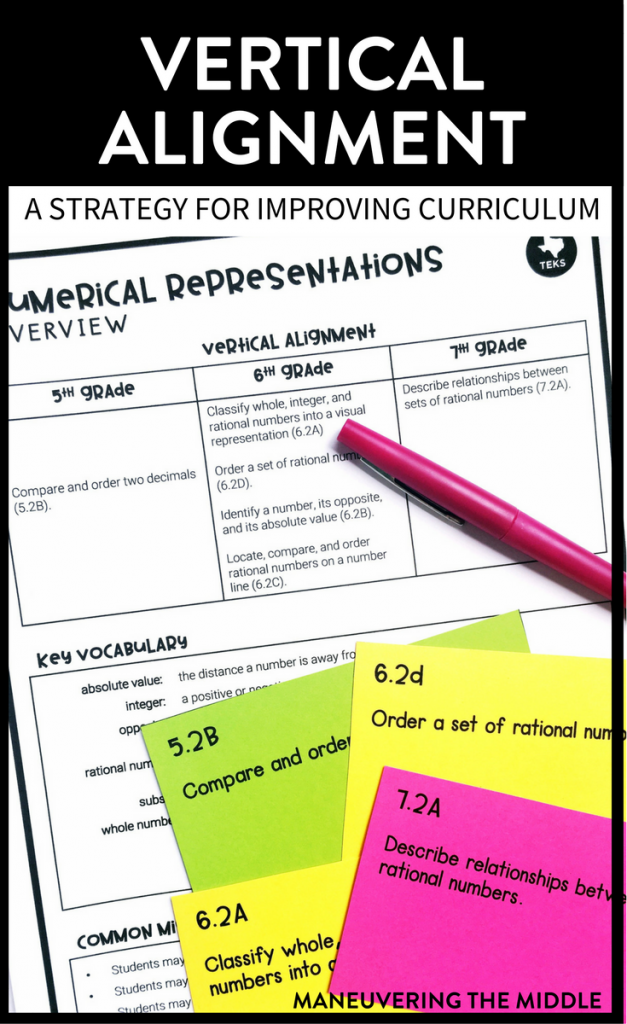
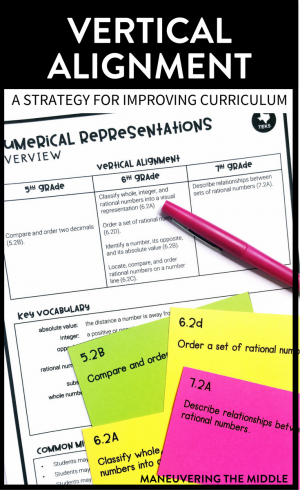
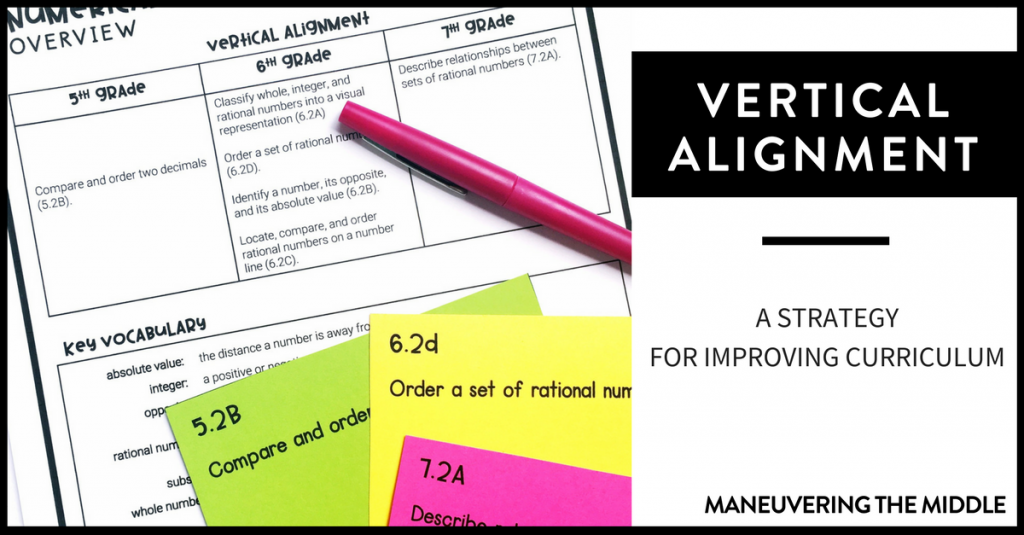


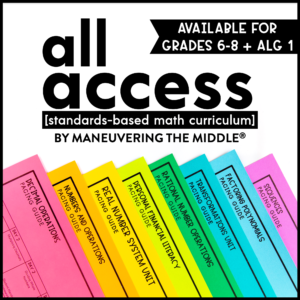
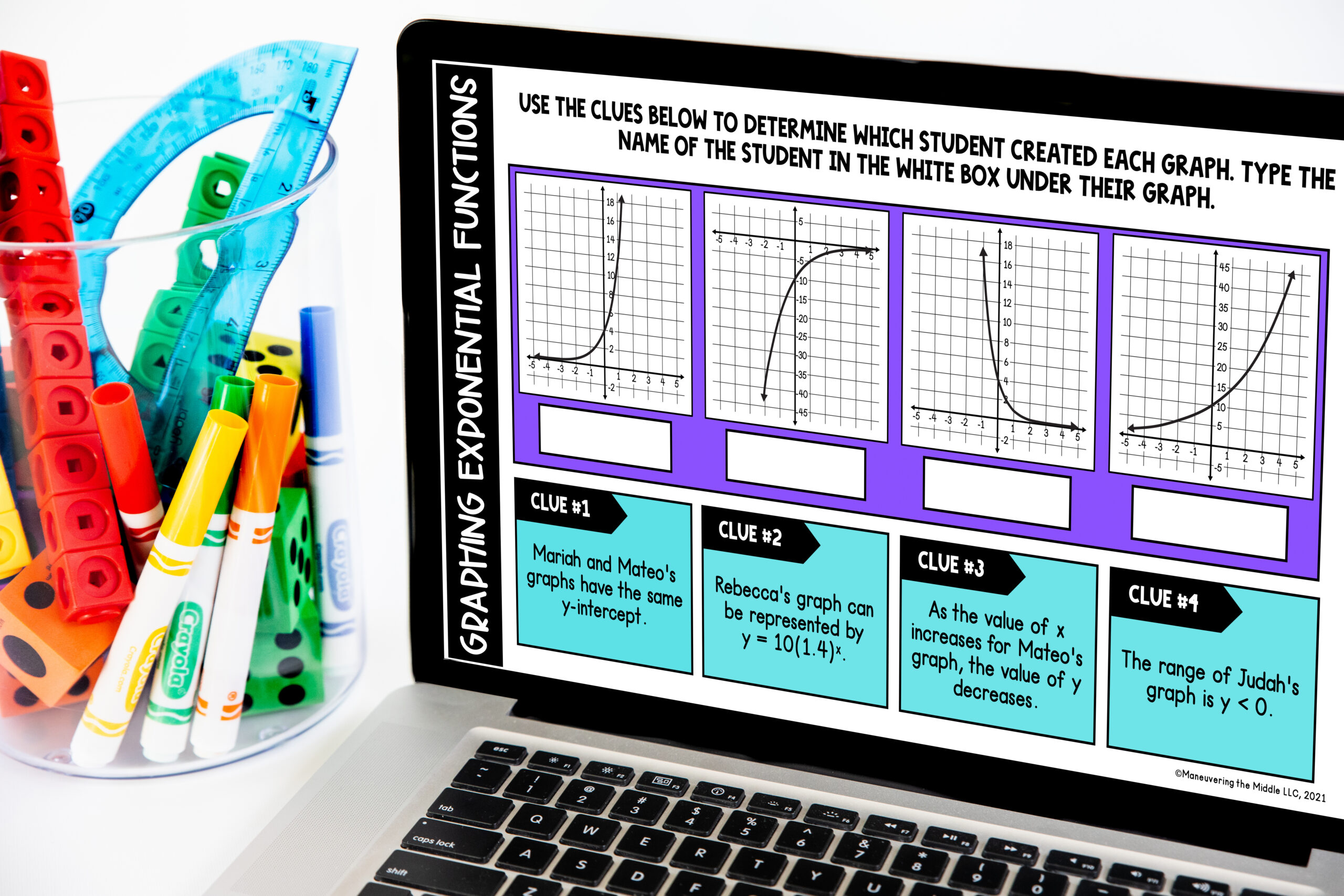



Is there anyway you can make your vertical alignment materials available for purchase, by itself. I just saw it in my email. I am prepping for a meeting about it on Friday and it would be a huge help. Thanks!
Hi Meagan! Thanks so much for the request. I don’t have them available separately, but will consider that for the future. Hopefully the links in the blog post are a good start!